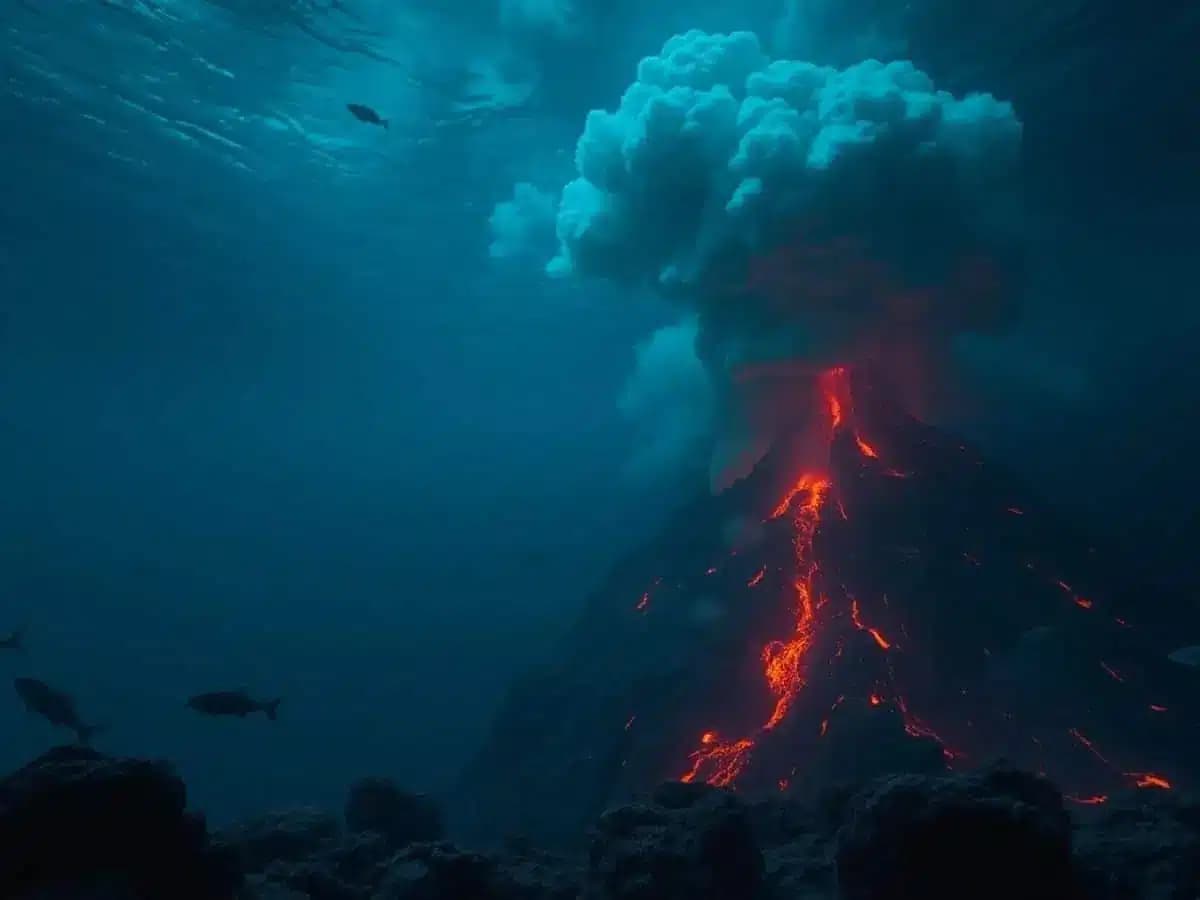
A HUGE Underwater Volcano JUST EXPLODED Near The Mariana Trench
Beneath the vast expanse of the ocean lies a hidden world of untamed geological activity. Submarine volcanoes, often overlooked, are powerful forces shaping our planet. Recently, an underwater volcano erupted dramatically, reminding us of the dynamic processes beneath the waves. Let’s explore this event and its implications. Key Takeaways Location: AI Seamount, part of the […]